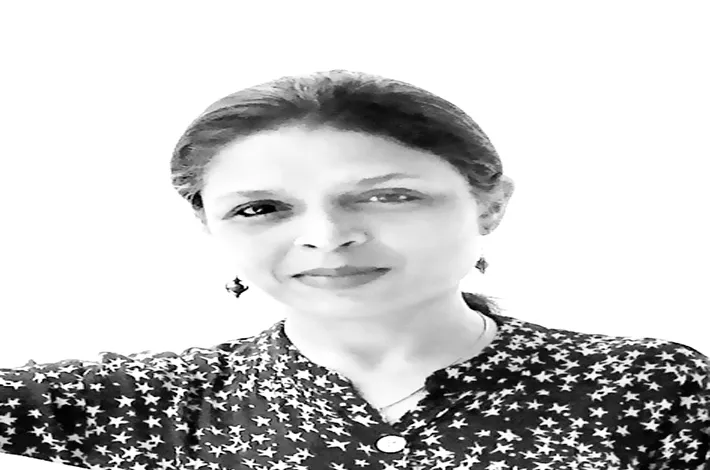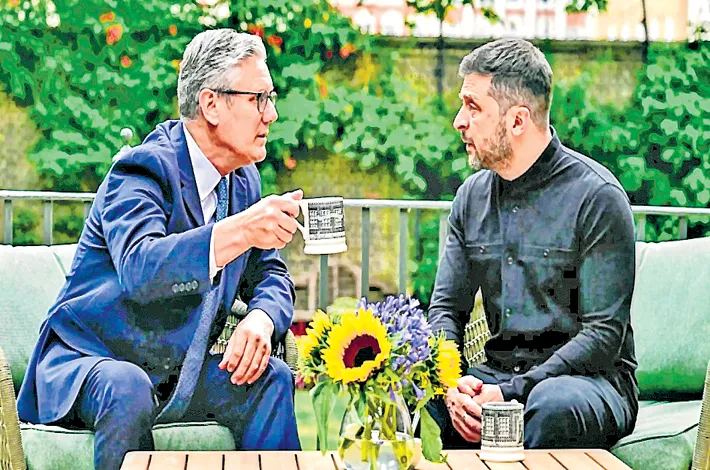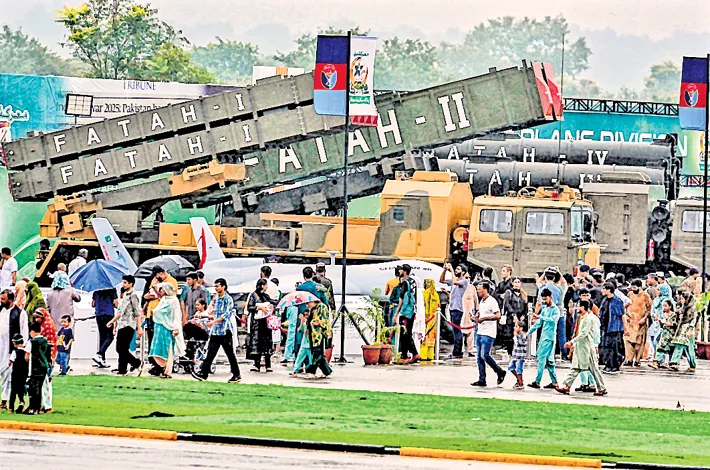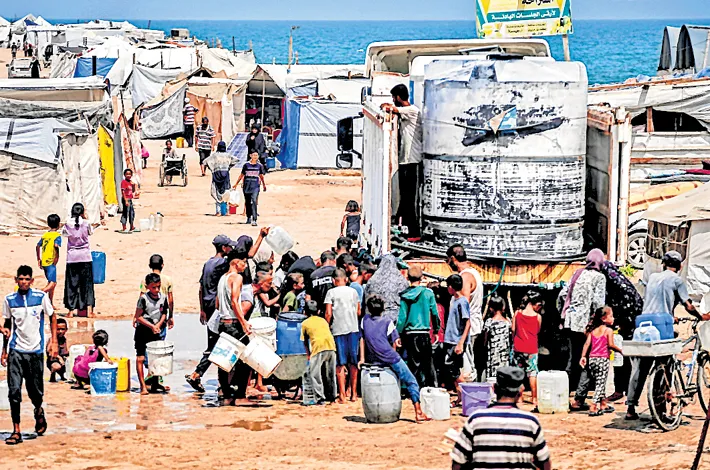It is imperative to retell real stories of freedom movement
15-08-2025 12:00:00 AM

Sadly, a generation or two has grown into adulthood without enough stories of people like themselves who helped make India free
It was a moment of reckoning. In a class of media students at one of the top-ranked colleges in Mumbai, the 19 and 20-year-olds in front of me giggled away about the long weekend and casually asked each other whether August 15 is Independence Day or Republic Day. I stood there, a bit numb, a bit affronted. Did they not care that the undivided nation had suffered greatly at the hands of colonialists, especially the British, and that lakhs of Indians of different persuasions and religions had given so much, including their lives, to free India?
In the next few minutes, it was clear that they cared; they just did not know enough. Without the backstory, or BTS as they say, it was merely a grand holiday or the discount season on consumer goods. What they needed were stories. Stories of the oppression, the political intent crystallised through trade, stories of the heroics of Indians who participated in the mass movements through the 19th and 20th centuries, of men who gave up their vocations, of women who juggled household work with campaigns, and of students who put the cause above all else.
Where did these stories go? Why did they get reduced to a bunch of well-known names and dates? Where did we, the older generations, go amiss that we did not or could not pass on the many narratives of the freedom movement itself, share the passion and the purpose that lit those decades, and hand down the legacy? Importantly, how do we continue to hold on to the stories and legacy at a time when history is being distorted to suit the party in power?
It is urgent that the genuine and real stories of struggle are not erased. Perhaps by retelling it to newer audiences. This is why the exhibition of manifold aspects of the freedom movement in New Delhi, Hamara Itihaas—Archives of Freedom Fighters, weaving together testimonies, stories, photos, audio clips and film recordings, should travel to other cities and villages. It apparently covers both the revolutionary and the non-violent aspects of the freedom movement and focuses on less-discussed ones, such as the first provisional government set up by Maharaja Mahendra Pratap in Afghanistan in 1915 and the tales of women freedom fighters.
Mumbai is a treasure trove of stories and personalities, if only one cares to dig deep enough. In fact, the erstwhile Bombay Presidency is. And, further in the rural, it is possible to find stories such as that of ‘Captain Bhau’ or Ramchandra Sripati Lad of Shenoli, Satara, who, with his compatriots in Toofan Sena, led the raid on the Pune-Miraj train, carrying the salaries of the officials of the British Raj.
A stirring story is of the doyen GG Parikh, a Gandhian socialist, who was at the Gowalia Tank on the morning of August 9, 1942, when the clarion call ‘Do or Die’ was given as part of the Quit India movement. Dr Parikh, who turned 100 years recently, was at the same spot, since called the August Kranti Maidan, in December 2019 during the nationwide protests against the CAA-NRC. Those who knew, knew. Many of the young there, when told that he was a freedom fighter from the Quit India movement era, were stunned to meet one in flesh and blood—and would not leave his side without his stories and, of course, their selfies.
Bombay’s working class, labour and trade unions have stories of not only participating in but also shaping the freedom movement. Dock workers, textile mill workers, small merchants, traders, and the informal sector workers were all there. In 1908, when Bal Gangadhar Tilak was arrested and later convicted of sedition charges, noted historian Bipan Chandra wrote in India’s Struggle for Independence: “All markets in Bombay were closed on July 22 and remained closed for a week.
” The workers’ strike went on for six days, the army was called to restore peace, and ironically, 16 workers lay dead on the city’s streets. Who can remain unmoved by the story of Babu Genu Said, who lay down on a road in Kalbadevi to stall a truck carrying foreign cloth in protest? The young man was, of course, crushed to death by the truck. Driven by their own impulses, the trade associations of the time, too, joined the movement. And the Naval Mutiny in February 1946—when the naval insignia on warships docked at Bombay was lowered and replaced with the flags of the Congress, Muslim League, and Communists—remains legendary.
Then, there are stories of women, not just Madame Bhikaji Cama or Kamaladevi Chattopadhyaya but thousands who joined the movement in the 1920s, propagated the boycott of foreign goods, picketed against the sale of foreign cloth and liquor, attended meetings and often gave away their ornaments to the cause, wrote freedom-related material and distributed it and, led by lesser-known personalities, such as Avantikabai Gokhale, made salt during the Salt Satyagraha and got arrested. Gokhale, Hansa Mehta, Usha Mehta, Ramibai Kamdar, Maniben Nanavati, and Aruna Asaf Ali—each is an inspirational story.
The first stories of the freedom movement came to me from my great-grandmother Umabai Kundapur, a close confidante and colleague of Chattopdhyaya, and later from my father, Subhash Koppikar, who, at 88, still recalls the fervour and celebration of the morning of August 15, 1947, that he saw. He, like many school-going boys, was treated to sweets.
Stories move us, stories stay with us, and stories carry the legacy forward. Sadly, a generation or two has grown into adulthood without enough stories of people like themselves, who helped make India free. We are all the poorer for it.








